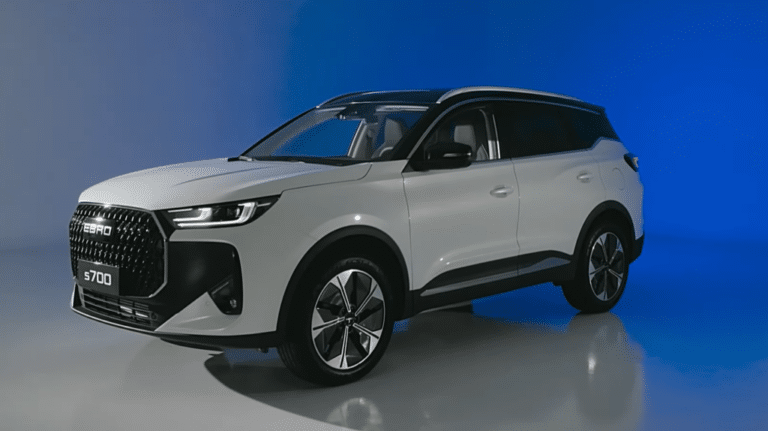A mechanic warns about the common mistake when starting the car that can damage the engine

A popular TikTok profile in Spain, @auto.carrascosa, has drawn attention to a common mistake that many drivers make when starting their cars. This mechanic warns about the significant risks to the engine when the vehicle is started “cold,” a daily practice that could accelerate the wear of the most expensive parts of the engine. The lack of adequate initial lubrication is a problem that can trigger costly repairs, a detail that many ignore during their morning routine.
Starting the car cold is a common mistake that many drivers make each morning without being aware of the serious damage they could be causing to their vehicle. According to a well-known mechanic on TikTok Spain, not waiting a few seconds after turning on the engine can accelerate the wear of the engine parts and lead to costly repairs.
Why is starting the car cold harmful?
The TikTok profile in Spain, @auto.carrascosa, has highlighted that starting the car without allowing the oil to reach all the parts of the engine risks accelerating the wear of the most expensive components. In situations where the engine is started cold, not all the oil has circulated through the parts that make it up, causing unwanted friction.
Consequences of starting without proper oil
If the engine parts operate without the correct lubrication, a friction problem arises that leads to overheating and premature wear. The crankshaft rods and the pistons, when forced to work under these conditions, can be significantly damaged, increasing the chances of a serious breakdown.
Cost of unnecessary repairs
The cost of replacing damaged parts from following bad practices when starting the car can range from “2,000 to 5,000 euros.” These expenses could easily be avoided with a simple precaution, thus minimizing the need for costly repairs. You can learn more about maintenance mistakes at this link.
Simple solution to protect the engine
Fortunately, protecting the car’s engine is quite simple. The mechanic emphasizes the importance of waiting between 30 and 40 seconds before accelerating once the car has been started. This short time allows the oil to flow completely through the engine, ensuring that all parts operate optimally.
Additional implications on fuel consumption
Besides the engine’s longevity, a proper car start can also positively impact fuel consumption. Properly starting and maintaining the vehicle can influence fuel efficiency, especially in cold climates. For more details on how maintenance affects fuel performance, visit this article.
A Dangerous Practice That Needs Correction
The mechanic’s warning about starting the engine cold is a crucial reminder for all drivers. The simple act of starting the car each morning and accelerating quickly can have devastating consequences for the engine of any vehicle. It is alarming to know that a large number of motorists in Spain are unaware of the negative impact that this practice can have on their cars.
The main problem lies in the fact that the oil, essential for lubricating the internal parts of the engine, does not reach all the components before they start to work. When acceleration occurs too early, critical parts of the engine, such as the crankshaft rods and pistons, operate without the necessary lubrication, causing friction, overheating, and premature wear. This situation, if not corrected, can lead to expensive repairs ranging from 2,000 to 5,000 euros.
Fortunately, there is a simple solution to a potentially costly problem. The mechanic suggests waiting between 30 and 40 seconds after turning on the vehicle before accelerating. This brief period allows the oil to flow properly through the engine, ensuring adequate lubrication and protecting the most critical parts from unnecessary wear.
This simple yet vital advice can significantly contribute to the engine’s longevity and avoid unnecessary expenses. Drivers should be aware of this common mistake and take steps to correct it in order to extend the life of their vehicles and avoid financial headaches.





